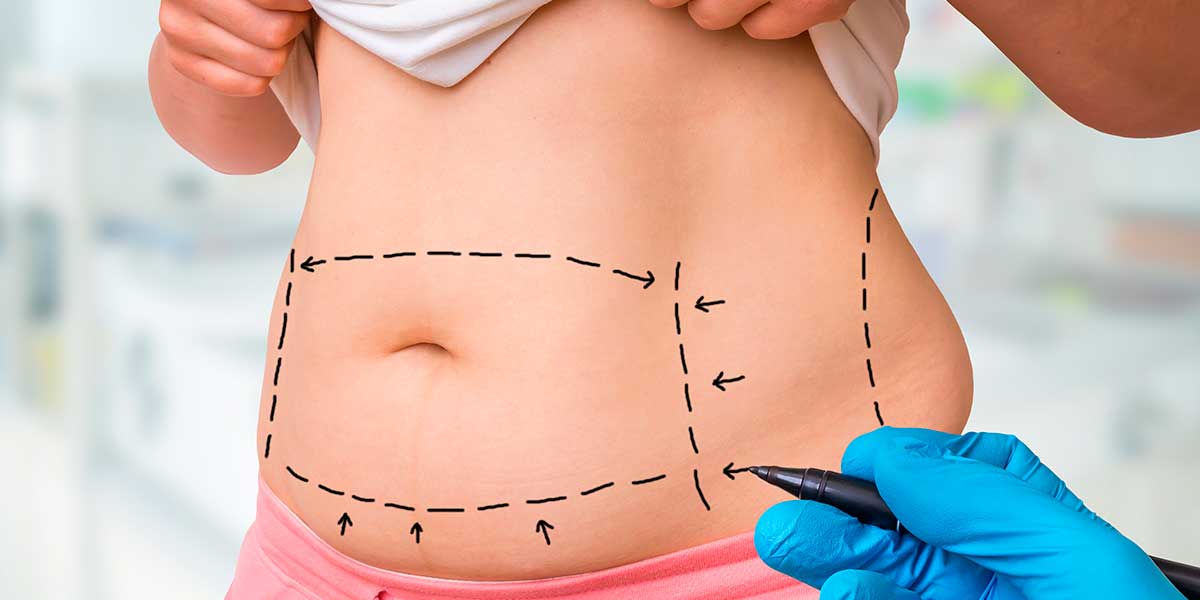
Liposuction is a popular cosmetic procedure for removing stubborn body fat. The procedure produces quick results, including a smoother, more sculpted look. More importantly, the results are permanent.
Liposuction is a safe procedure, and the risks of the procedure are reduced when the procedure is performed by a board-certified plastic surgeon with training and experience. There are some potential risks, such as swelling and changes in skin sensation. Liposuction removes fat cells from the body permanently. Although there is a chance of weight gain, it will be in an area other than the one treated by liposuction.
Long-Term Success Of Liposuction Depends On Diet And Exercise Plan
After liposuction, your diet and exercise plan will be crucial for achieving optimal results. You need to refrain from eating excessive amounts of calories and fat and make sure that you get plenty of fiber, fruits, vegetables, and whole grains. It is also essential to avoid sugary snacks. Regular exercise will help tone muscles and prevent fat cells from enlarging.
Although liposuction can produce immediate contouring effects, the results will develop more slowly as the postoperative swelling goes away. It is also essential to maintain a stable weight after surgery to achieve long-term results. While fat cells are permanently removed during liposuction, if you gain weight in the future, the cells will repopulate and grow in size. Maintaining a stable weight after liposuction will improve the longevity of the results and ensure that the patient maintains a slim and fit body forever.
After liposuction results, you should follow a healthy diet and exercise plan to maintain the desired results. During the first few weeks after the procedure, it is important to exercise regularly. Several hours of moderate exercise per day can help to maintain the new contour. It is also important to continue eating a healthy diet and drink plenty of water.
Swelling After Liposuction
Swelling after liposuction can be a discouraging side effect, but it’s actually a natural response to the surgical process. The procedure removes up to 10 pounds of fat cells, so your body may react by retaining excess fluid. Swelling will subside with time, and it’s entirely normal.
After the procedure, you may experience some swelling for two to three weeks. The majority of swelling should go away within a few months, though it can take up to a year for the most subtle cases. After that time, you can return to your regular routine, although strenuous exercise should be avoided. You should also limit exposure to sunlight to help your body heal.

The first week after liposuction should be spent resting. If you can, take a daily walk to help increase circulation. If you have a desk job, you can return to work within a week, although if you have a physically demanding job, you will probably need a bit longer.
Scarring After Liposuction
Patients can minimize the risk of scarring after liposuction by following specific post-operative instructions. These guidelines include wearing a compression garment that covers the incision area for a week, avoiding strenuous activity for a week, and not exposing the skin to the sun for two to four weeks. The doctor may also prescribe antibiotics to help prevent infection and reduce scarring.
Although the incisions for liposuction are relatively small and can be hidden by underwear, some patients may experience minor scarring, such as incisions on the thighs or buttocks. However, scars are usually less noticeable for fair-skinned patients. Typically, these incision sites turn pink or white after healing. However, patients with dark skin may have more visible scarring.
Depending on your condition and area of concern, your surgeon may make several small incisions in a small number of locations. These are usually less than one centimeter in length. The number of incisions is also dependent on the technique being used.
